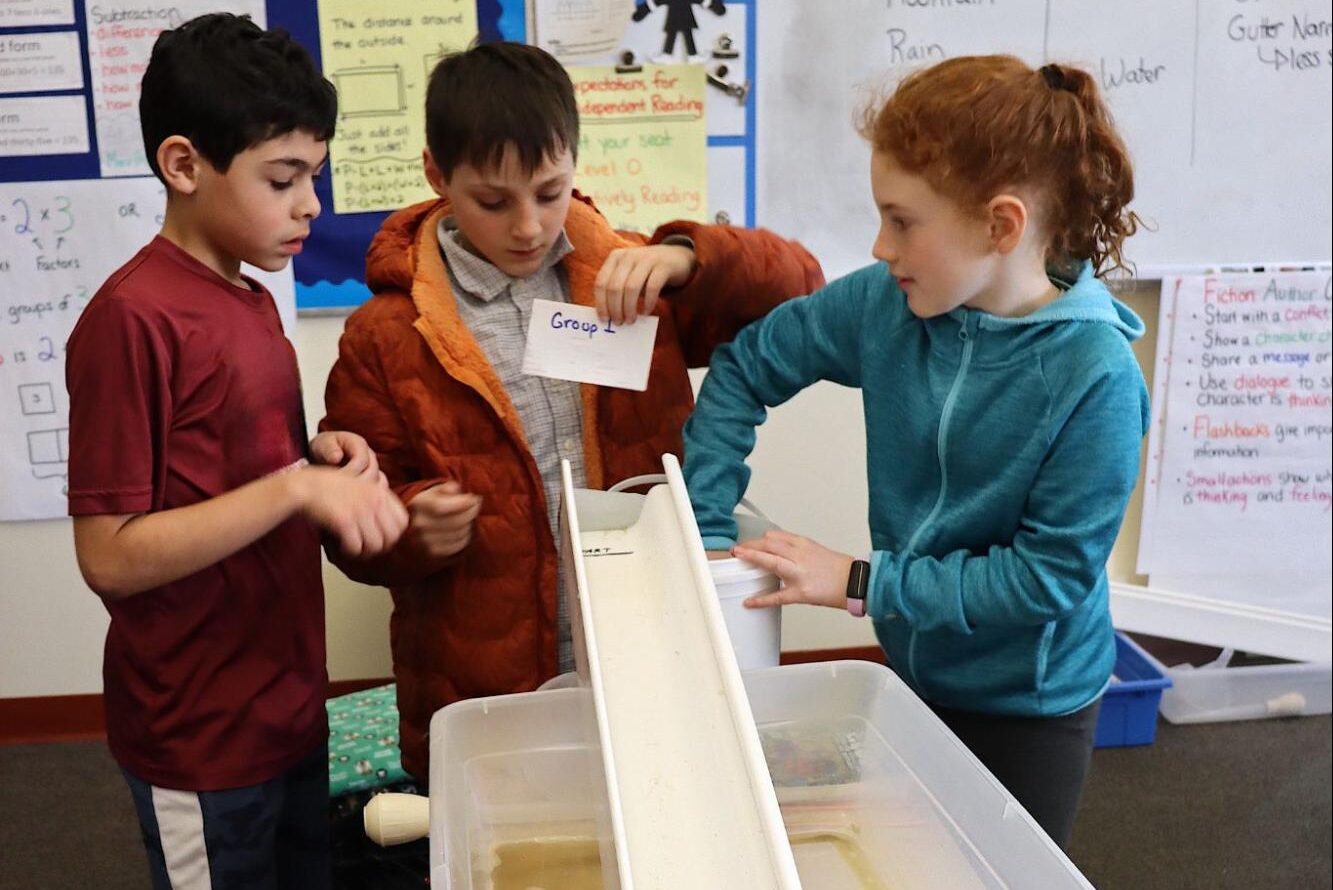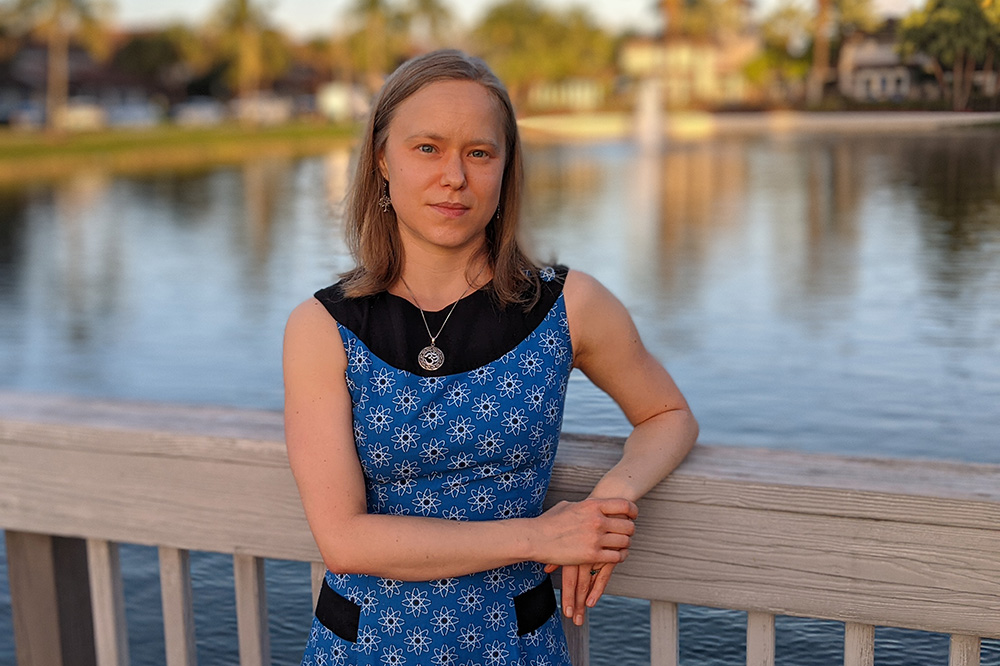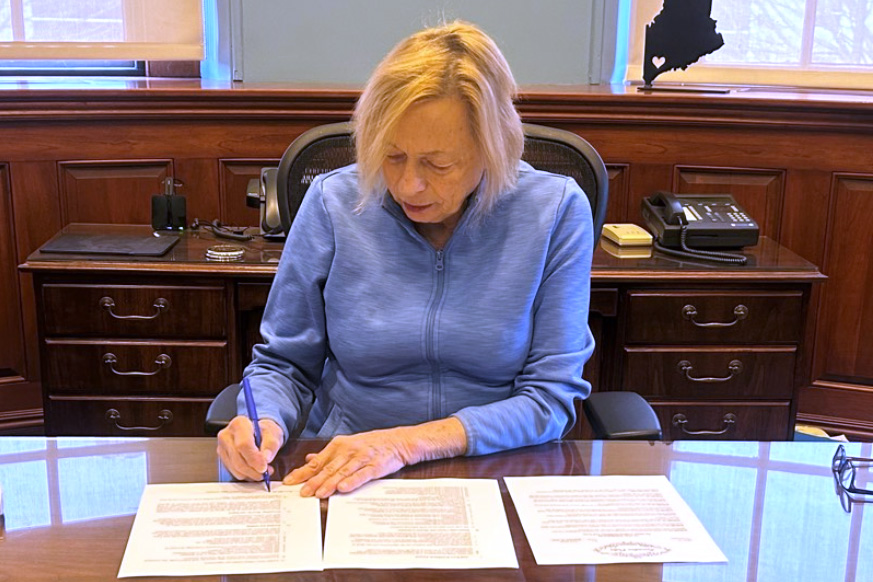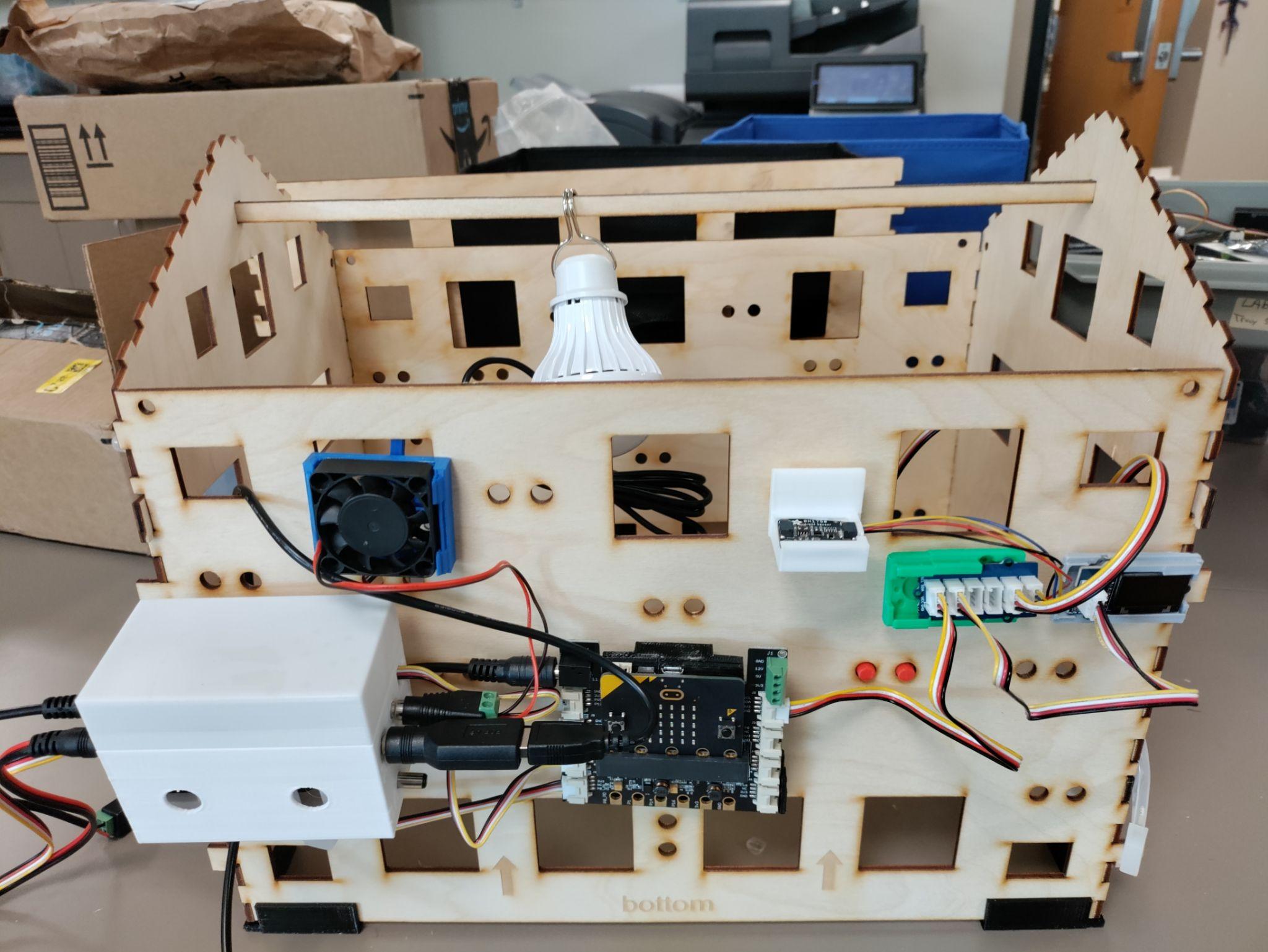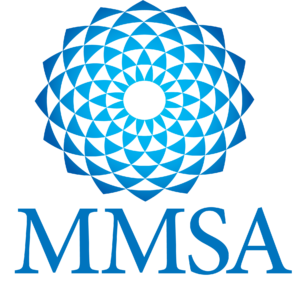After an incredible four-year journey, the Place-Based Learning for Elementary Science at Scale (PeBLES2) project is closing one chapter and opening several exciting new ones. What began as an ambitious initiative to shift how elementary teachers and students connect with science has become a paradigm shift, transforming classrooms worldwide. During that time, the project facilitated the design of locally adaptable units of instruction and supported professional learning for 3rd- and 4th-grade levels, while also studying how teachers bring the materials to life in their local contexts.
Even though PeBLES2 is formally ending, the project will live on in a few key ways.
Laying the Foundation
The project reached a milestone this September with “Making Space for Local Science: Strategies for Teachers to Find and Adapt Phenomena in Science Units” in Science and Children. The article demonstrates how teachers can incorporate local phenomena into their lessons, showing students that science exists in their immediate environment—from weathering rocks and rushing streams to eroding streambanks. While this publication is just the tip of the iceberg, with more exciting research findings set to be released next year. It represents a significant step forward in making science education more relevant and engaging for young learners.

The Next Chapter
PeBLES2’s foundation is growing into an exciting new chapter of impact and innovation. A new project, Scientific Sensemaking about Place-Based Phenomena: Mobilizing Rural Elementary Teacher Learning to Propel School-Wide Transformation (SAP), will build on this success. The professional learning project supports third to fifth-grade teachers in rural Maine, Montana, and Hawaiʻi by promoting phenomena-driven, place-based science learning that reflects local cultures and communities. Over three years, it will explore how educators use locally significant phenomena to engage students and transform science teaching, contributing to educational reform in rural schools. Educators will apply PeBLES2’s professional learning and curriculum materials to their unique contexts. These resources—including a 4th-grade earth science phenomena-based unit aligned with the K-12 Framework and NGSS, designed for local adaptation—will be freely available to educators worldwide through the PeBLES2 website.

Reflecting Back
The impact of PeBLES2 is best illustrated through the enthusiastic responses from teachers and students. Here are some memorable reflections from participants:
“I think the fact that we’re figuring it out together is pretty motivating for them…I’m saying, Hey, we don’t know the solutions. We’re trying to come up with those together. It’s changing our thinking as we gather new information. I think that was pretty motivating as well. – Patrick Conley, Saco Middle School, Saco Maine
“This project really showed me the best practices for science and how to make it so that kids can make sense of different topics…I feel like I have become such a better teacher for science…it makes more sense than it ever did before. And so that’s been a really positive impact of this project for me.” –Andrea Conley, Saco Middle School, Saco Maine
“My students are telling me that these lessons are the most fun they’ve ever had in science. And judging by the very rich discussions and all of the questions that they’re having and their enthusiasm for the topic of weathering and erosion and everything that these lessons are leading to, I have to say, it’s a big success there.” —Dana Bierwas, Edna Drinkwater School, Northport, Maine
“I like all of it. I don’t want this unit to end. It’s the best thing I’ve studied in all time, six years I’ve attended. Truly, it’s epic.” —3rd Grader


